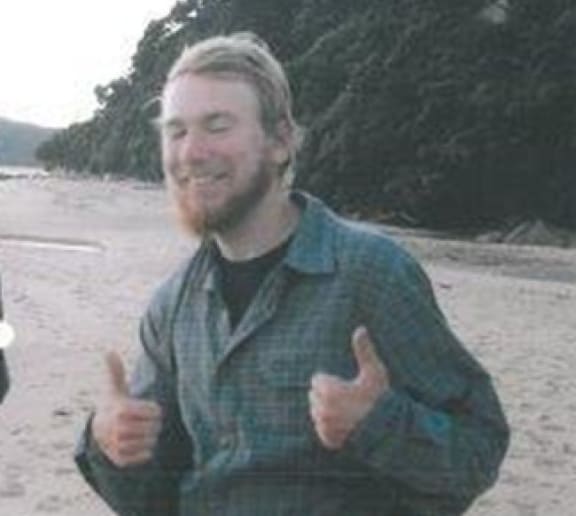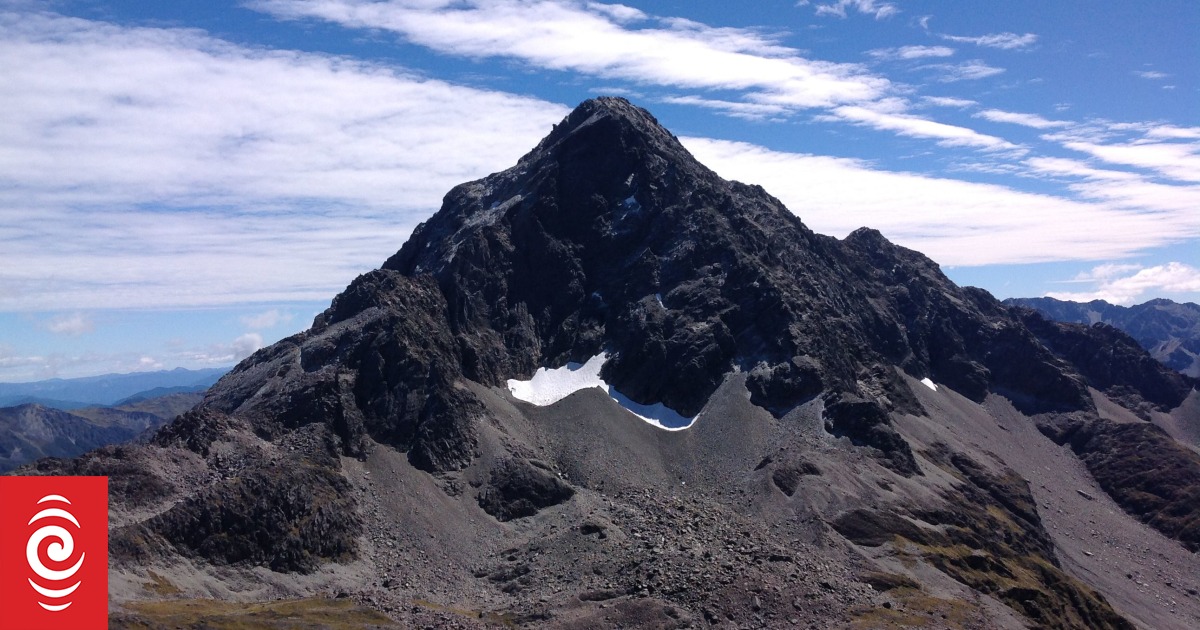Christian Prehn was last seen near Mt Travers in February 2014.
Photo: NZ POLICE
A team of search and rescue volunteers are set to search a remote area of the Nelson Lakes National Park for a German tramper who has been missing for nine years.
Christian Ulf Eric Prehn was last seen near Mt Travers in the national park in February 2014. A 19-year-old from Germany, Prehn was in New Zealand on a one-year gap holiday and had been walking the Travers-Sabine Circuit.
He was last seen by two trampers on 25 February, after spending the night at Upper Travers Hut. The three met on the track below Mt Travers and discussed climbing it, commenting that it would be easiest to leave your pack at the bottom and return to it after summiting.
The pair were the last people to see Prehn alive. His backpack was found several days later by a Department of Conservation worker and several searches were conducted in the area, but his body has never been found.

A picture of Christian Prehn on the police missing persons file.
Photo: NZ Police
West Coast search and rescue leader Senior Sergeant Mark Kirkwood said the area where Prehn went missing is the focus of an upcoming search and rescue exercise that begins on Friday 10 February.
Each district runs a search and rescue exercise (SAREX) each year and Kirkwood said during the planning, they looked for a challenging environment where teams could fine tune their skills but also an area where there was a cold case so they could search for a missing person.
“There was quite a high media interest during the first couple of searches for Christian and we thought here’s a possibility that we can not only test ourselves but you’ve got to be in the area to find someone, and there’s a chance here of maybe bringing Christian home.”
An incident management team will be based in St Arnaud, with field teams flown into the search area by an Air Force NH90 helicopter.
Around 60 members of LandSAR, CanyonSAR, and the Alpine Cliff Rescue team will be involved in the exercise along with members of the police and air force.
Kirkwood said the search area began at an altitude of 1787 metres, mostly alpine with some areas of bush that’s susceptible to poor weather.
Mt Travers at 2338 metres is the second highest peak in the Nelson Lakes National Park, the mountain terrain has been described as treacherously steep, consisting of rock which readily fractures.
The teams will scour areas that have not been searched before, and go over previous areas of interest.
“If we think it’s a high area of probability, we will change the tactics as we go. If we think we think the person is in there, we won’t just do it once, we may do it two, three times before we actually get a clue, because it is a rugged area and you only have to look at one side of a rock to see something different than someone else who may have walked from the other side.”
Kirkwood has been involved in many searches for people missing in our most hazardous environments.
The case of Swedish hunter Hans Christian Tornmarck, who went missing near Fox Glacier and has never been found is one that sticks with him.
“There would hardly be a day go by that I don’t think of Mr Tornmarck and where else we could have gone and this case will be the same for the initial search team.
“It gnaws away at you and you just want to find them because you know the effect it has on the family and friends of the missing person.”
New techniques will also be utilised during the exercise – a drone team will be part of the search, a CanyonSAR team will explore several creeks in the area, while the Starlink satellite internet system will be used to view footage live footage from the field, almost in real time.
In 2016, Coroner Sue Johnson found it was likely Prehn died on or around 25 February 2014, when he was last seen. His body was presumed permanently lost or irrecoverable and as such his cause of death could not be determined.
The coroner’s report said Department of Conservation records show that 50 people remain missing in the park, all have been solo trampers.
Kirkwood said he had spoken to Prehn’s father about the upcoming search and rescue exercise, and he was “blown away” at the resources going into the search.
“He’s looking forward to having people in the area and the possibility of finding his son, so it will be fantastic if we can find something.”
The exercise is funded by New Zealand Search and Rescue (NZSAR) and Kirkwood said it gave search and rescue teams experience and practice to fine tune their skills.




















Discussion about this post